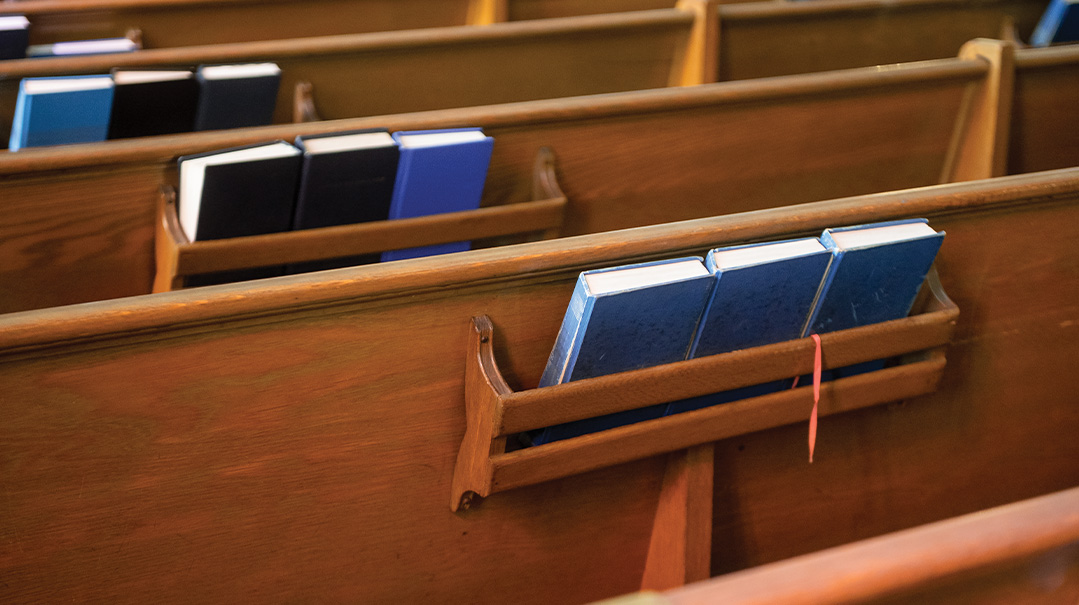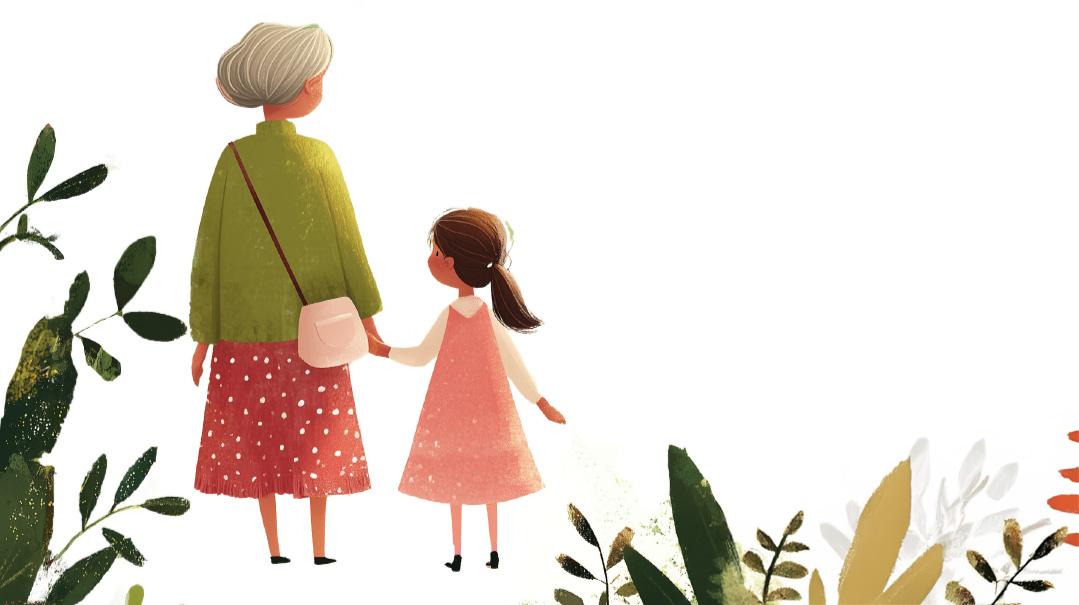Ezras Nashim for One

No one was there, aside from me, and it was just voices on the other side of the curtain, cocooning me in a vision only I could see and feel

Iam not a shul person. Never have been. Of course, I’ve been to shul, but trust me, it was always a social thing.
When I was in shidduchim my mother made me go to shul with her every Shabbos Mevarechim to be “seen.” By whom? I don’t know. I don’t think I fooled anyone with my piety. I’d show up in time for leining, and just follow everyone else standing and sitting.
I’d make an appearance Yamim Noraim, yes, but I was a page counter. I’d also doze off sometimes. Mrs. Berger, who was always seated next to me, was an avid davener; I could always count on her for the right place when I’d finally space back in.
Marriage and my first child were a wonderful respite for me from the pressure of shul. There was no reason to go, not for Yamim Noraim, not for Shabbos Mevarechim. My husband told me I didn’t even have to come for Zachor. I could read it to myself at home. That left only Megillah leining on Purim (if it was in a shul and not someone’s home) and dropping off my kids on Yamim Tovim for Bircas Kohanim.
I was fine with this arrangement. Shul didn’t pull me. I was never a good davener. I didn’t connect with the words, and my kriah was slow. It felt like a chore. When it wasn’t required of me, I let it go. Easily.
I’m getting older though, and while I’m still not the best davener, and my kriah is still slow, I’ve crossed the line from apathy to wanting to want. I want to be able to daven. I see the value, the beauty of sitting in shul, of communing collectively with my Creator. But I have little kids. Who has time to daven in shul?
Oops! We could not locate your form.







